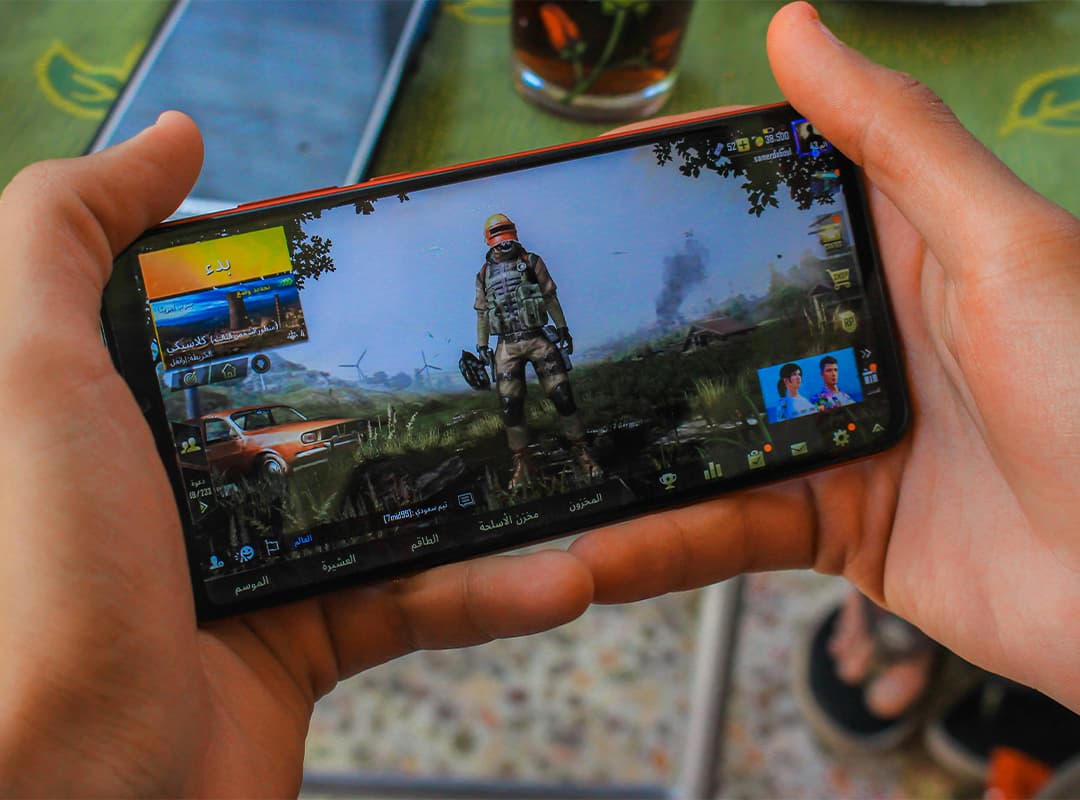NFT (Non-Fungible Token) games have quickly emerged as one of the most talked-about trends in the gaming industry. These games are transforming the way players interact with digital assets, offering new opportunities for ownership, investment, and gameplay that were unimaginable just a few years ago. But what exactly is driving the popularity of NFT games? In this article, we’ll explore the key reasons behind their rapid rise and how they are reshaping the gaming landscape.
1. True Ownership of In-Game Assets
One of the most significant factors contributing to the popularity of NFT games is the concept of true ownership. In traditional games, players can purchase items, skins, or characters, but these assets remain under the control of the game developer. If the game shuts down or the developer changes the rules, players can lose everything they’ve invested.
NFT games change this dynamic by giving players full ownership of their in-game assets, which are stored on a blockchain as NFTs. These assets are unique, verifiable, and cannot be duplicated. Players can buy, sell, or trade their NFTs as they see fit, providing a level of control and security that traditional games cannot offer. This sense of ownership is a powerful motivator, driving more players to explore the world of NFT gaming.
2. Economic Opportunities
Another major reason for the growing popularity of NFT games is the economic potential they offer. Unlike traditional games, where players spend money without any financial return, NFT games often operate on a play-to-earn model. This means that players can earn NFTs or cryptocurrency as they play, which can then be sold or traded for real money.
This play-to-earn model has created thriving in-game economies where skilled players can generate significant income. In some cases, players in developing countries are using NFT games as a primary source of livelihood. The possibility of earning money while enjoying a game is a powerful draw, attracting both casual gamers and serious investors to the NFT space.
3. Community and Collaboration
NFT games often foster strong, engaged communities where players are more than just participants—they are stakeholders in the game’s success. Because NFTs can be traded and used across different platforms, players are motivated to collaborate, trade, and build within the game. This has led to the formation of vibrant, decentralized communities that are deeply invested in the game’s ecosystem.
Moreover, the decentralized nature of NFT games allows for greater player input in the development process. Many NFT games enable players to vote on updates, propose new features, and even create their own content. This level of community involvement helps to create a more dynamic and evolving game environment, further driving player engagement and loyalty.
4. Interoperability and the Metaverse
The concept of the metaverse—an interconnected virtual universe where players can interact, socialize, and play across different digital spaces—is becoming increasingly popular. NFT games are at the forefront of this movement, offering assets that can be used across multiple games and platforms. This interoperability is a significant step towards realizing the vision of a true metaverse, where digital assets have value and utility beyond a single game.
Players are excited by the idea of owning an asset, like a character or piece of virtual land, that they can use in various games or even sell in different marketplaces. This ability to carry assets across the digital world adds an entirely new dimension to gaming, one that is drawing in players eager to be part of the next big thing in tech and entertainment.
5. Innovation and Creativity
The rise of NFT games has also sparked a wave of innovation in game design and monetization. Developers are experimenting with new ways to integrate blockchain technology, create unique game mechanics, and build economies that reward creativity and skill. This has led to the development of games that offer more than just entertainment—they offer new ways to think about ownership, value, and collaboration in the digital age.
This innovation is not only attracting players but also investors and creators who see NFT games as a new frontier with limitless potential. As the technology continues to evolve, we can expect even more groundbreaking developments that will push the boundaries of what games can be.
NFT games are becoming popular for a variety of reasons, from offering true ownership and economic opportunities to fostering strong communities and pushing the boundaries of innovation. As more players and developers embrace this new paradigm, the impact of NFT games on the broader gaming industry is likely to grow.
If you’re interested in staying updated on the latest trends, tips, and news about NFT games, be sure to visit www x. Our blog is your go-to resource for everything related to NFT gaming, helping you navigate this exciting and rapidly changing landscape.
